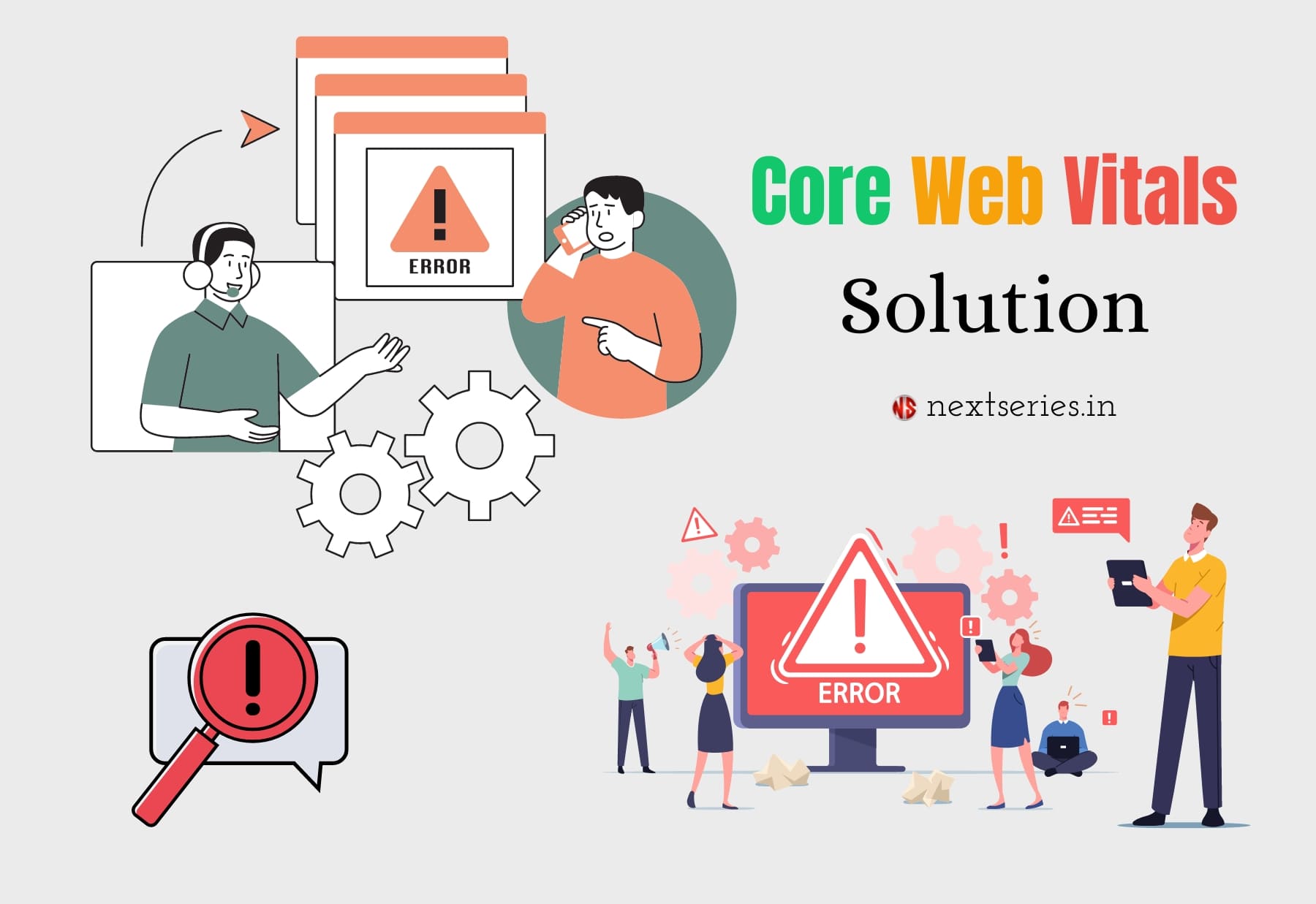In today’s digital landscape, website performance plays a crucial role in user experience, search engine rankings, and overall online success. Core Web Vitals have emerged as key metrics for measuring and improving website performance. This blog post aims to provide a comprehensive understanding of Core Web Vitals and offer practical tips to optimize them.
What are Core Web Vitals?
Core Web Vitals are a set of specific user-centric metrics developed by Google to measure and quantify key aspects of website performance. These metrics focus on user experience and provide insights into how real-world users perceive various aspects of a website’s loading, interactivity, and visual stability.
The three core metrics that make up Core Web Vitals are:
a) Largest Contentful Paint (LCP): LCP measures the time it takes for the main content of a web page to become visible to the user. It reflects the loading speed of a page and should ideally occur within the first 2.5 seconds.
b) First Input Delay (FID): FID measures the time it takes for a web page to respond to the first user interaction, such as clicking a button or selecting a menu item. A low FID (less than 100 milliseconds) ensures a smooth and interactive user experience.
c) Cumulative Layout Shift (CLS): CLS measures the amount of unexpected layout shifts that occur during the loading phase of a web page. It quantifies the visual stability and helps prevent elements from moving or shifting, which can lead to frustrating experiences for users.
Why are Core Web Vitals important?
Core Web Vitals have gained significant importance because they are now part of Google’s algorithm used to rank websites in search results. Websites that provide a better user experience by optimizing their Core Web Vitals have a higher chance of ranking well, driving more organic traffic, and improving overall engagement and conversions.
How to fix Core Web Vitals issues:
Improving Core Web Vitals requires a combination of technical optimizations and best practices. Here are some practical steps to fix common Core Web Vitals issues:
a) Optimize server response time: Reduce server response time by optimizing server configurations, utilizing content delivery networks (CDNs), and implementing caching mechanisms to serve static content efficiently.
b) Minimize render-blocking resources: Identify and eliminate render-blocking JavaScript and CSS resources that delay the rendering of the main content. Techniques like asynchronous loading, lazy loading, and code splitting can help reduce the impact of render-blocking resources.
c) Compress and optimize images: Images often contribute significantly to page load times. Compress and optimize images to reduce their file sizes without compromising quality. Use modern image formats like WebP and serve appropriately sized images based on the user’s device.
d) Implement code and asset optimization: Minify HTML, CSS, and JavaScript files to reduce their size. Remove unnecessary code, comments, and whitespace. Optimize font loading to prevent delays in text rendering.
e) Prioritize visible content and critical resources: Ensure that the most important content is loaded and rendered first, allowing users to interact with it quickly. Lazy loading non-critical resources can help improve initial page load times.
f) Eliminate layout shifts: To prevent unexpected layout shifts, specify image and video dimensions, set explicit sizes for ads, and reserve space for dynamic content. This helps ensure that elements do not shift and cause visual disruptions during the page load process.
g) Monitor and optimize third-party scripts: Evaluate the impact of third-party scripts on Core Web Vitals. Remove or replace any scripts that significantly impact performance.
h) Regularly monitor and measure performance: Utilize tools like Google PageSpeed Insights, Lighthouse, and Chrome User Experience Report to measure and monitor Core Web Vitals
In conclusion, optimizing Core Web Vitals is essential for enhancing website performance and user experience. By focusing on metrics such as Largest Contentful Paint (LCP), First Input Delay (FID), and Cumulative Layout Shift (CLS), website owners can make significant improvements. Steps like optimizing server response time, minimizing render-blocking resources, compressing and optimizing images, and prioritizing visible content can help address performance issues. Regular monitoring and measurement are crucial for ongoing optimization. By prioritizing Core Web Vitals, website owners can deliver faster, more interactive, and visually stable websites, resulting in improved user satisfaction, search engine rankings, and overall online success.


